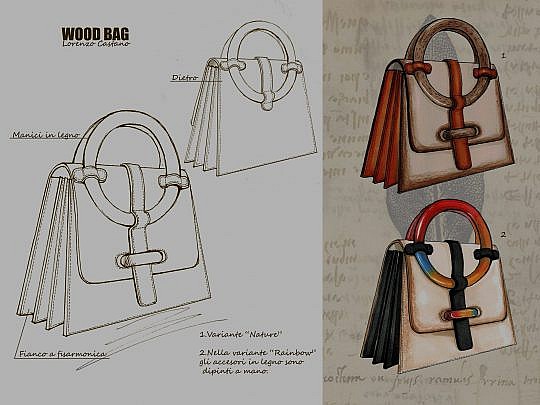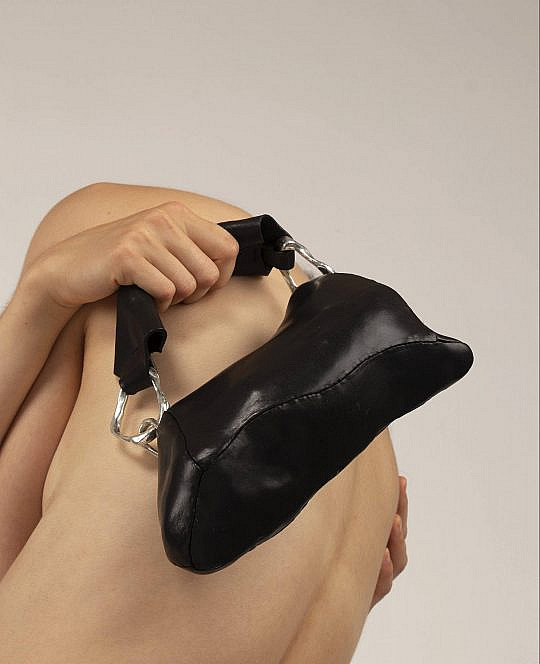Luxury automobile company to partner with traceability provider Circulor in new initiative to monitor supply chains
Jaguar Land Rover (JLR) is to track compliance and assess the carbon footprint of the leather it uses for car upholstery using blockchain technology.
Working with UK leather manufacturer Bridge of Weir Leather Company, Circulor and the University of Nottingham, JLR is trialling the system which will create ‘digital twins’ of the hides used, allowing their progress to be tracked through the supply chain simultaneously in both the real world and digitally.
The project is part of Jaguar Land Rover’s Reimagine strategy which the company describes as “a sustainability-rich combination of modern luxury, unique customer experiences, and positive societal impact”.
Ambitious Aims to Reach Net Zero Sooner
Reimagine aims to achieve net zero carbon emissions across its supply chain, products and operations by 2039. JLR has pledged to work with industry experts to improve sustainability, reduce emissions and collaborate on next-generation technology, data and software development leadership.
JLR’s Executive Director of Supply Chain, Dave Owen, said: “We are currently restructuring our supply chain as part of Reimagine, with a focus on transparency and sustainability. The outcome from this world-first trial will allow us to further improve the sustainability of the leather supply chain around the globe, ensuring the complete traceability of raw materials from origin to vehicle.
JLR plans to use the technology to track other materials if the trial is a success. It could also be used in other industries, including footwear and fashion.
Owen went on to say: “This is one step in our journey to net-zero carbon emissions across our supply chain, products, and operations by 2039, enabled by leading-edge digital capabilities.”








